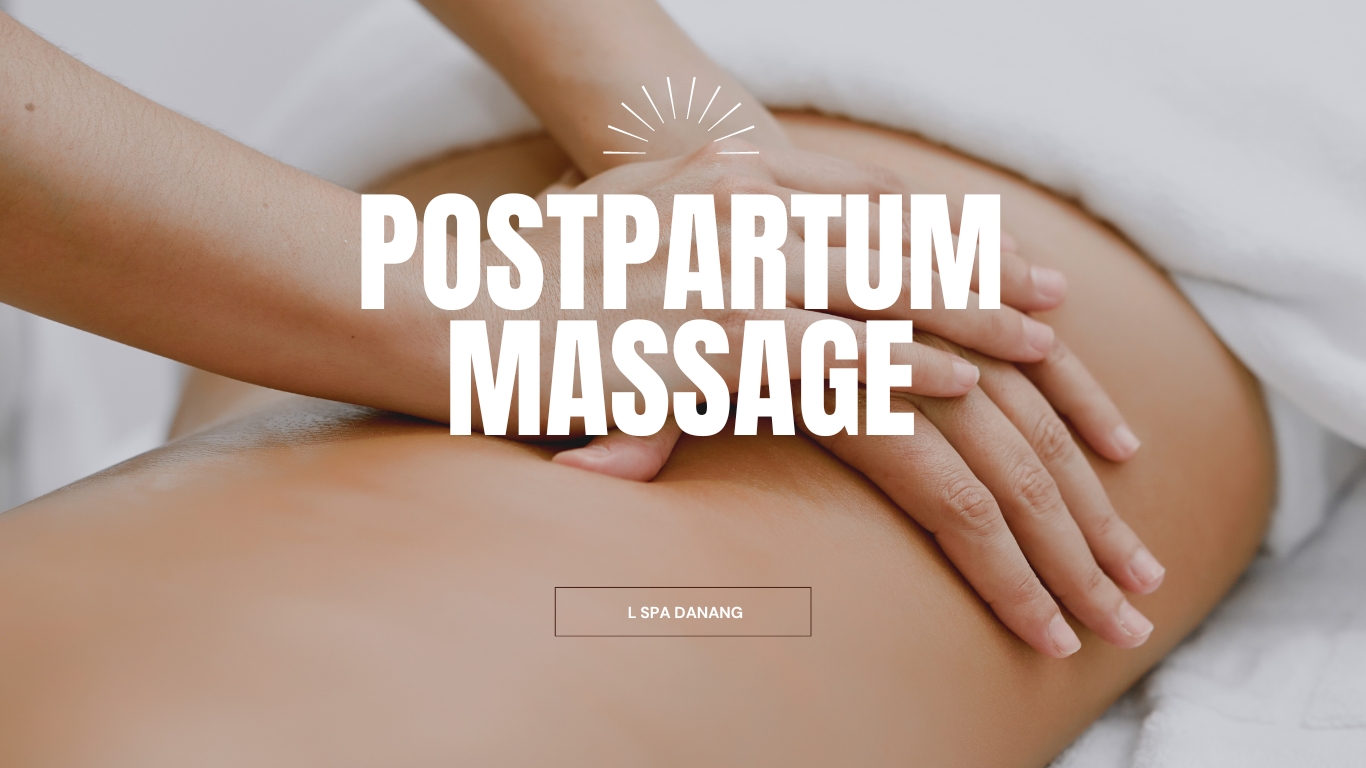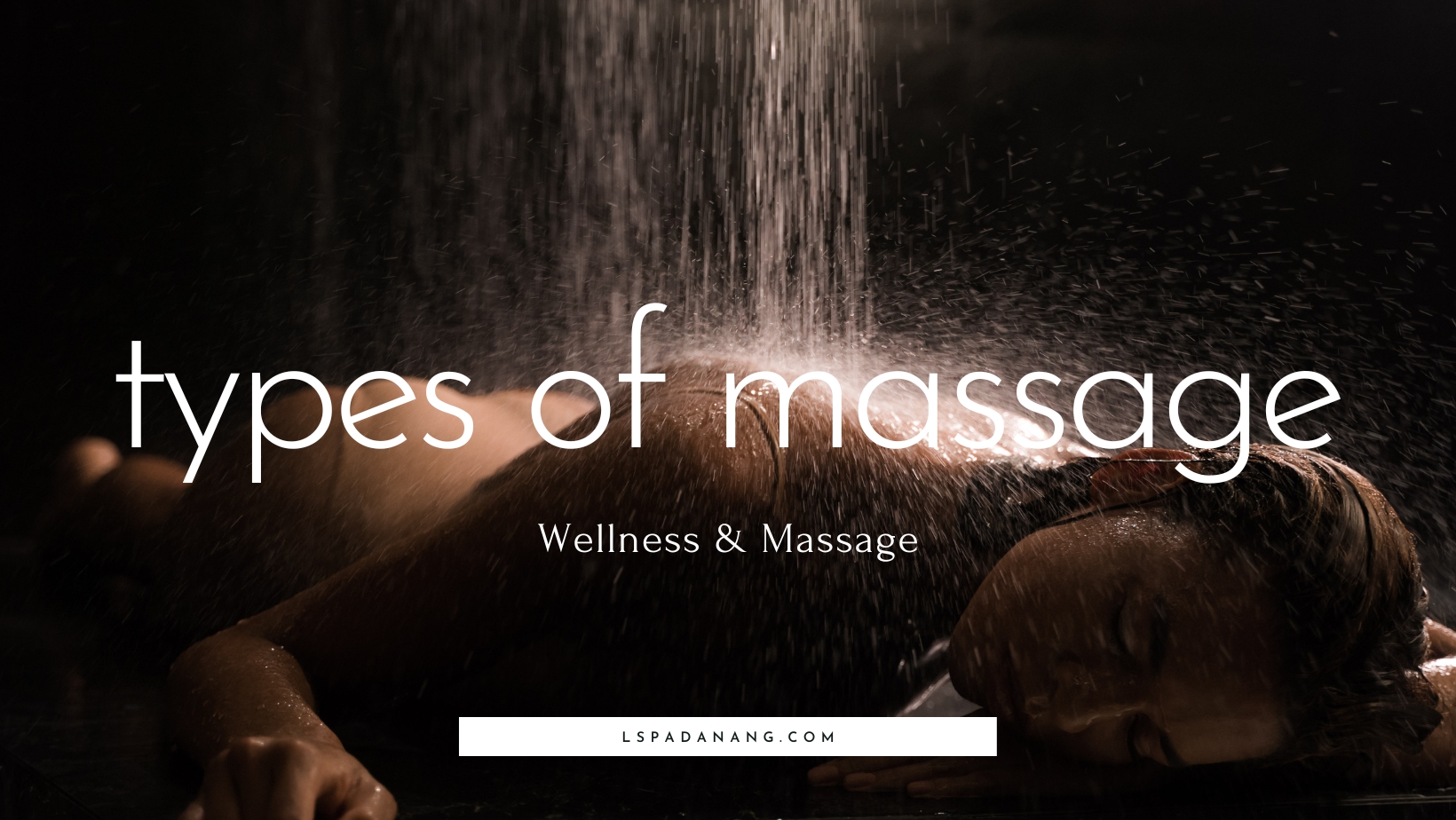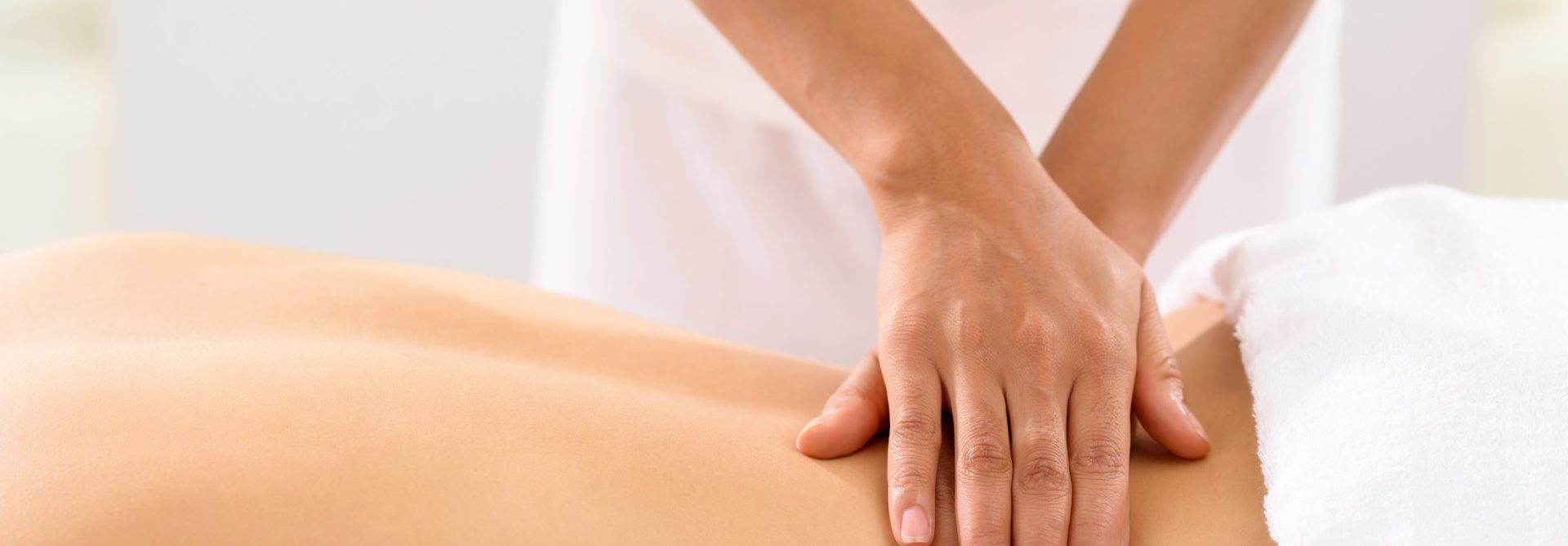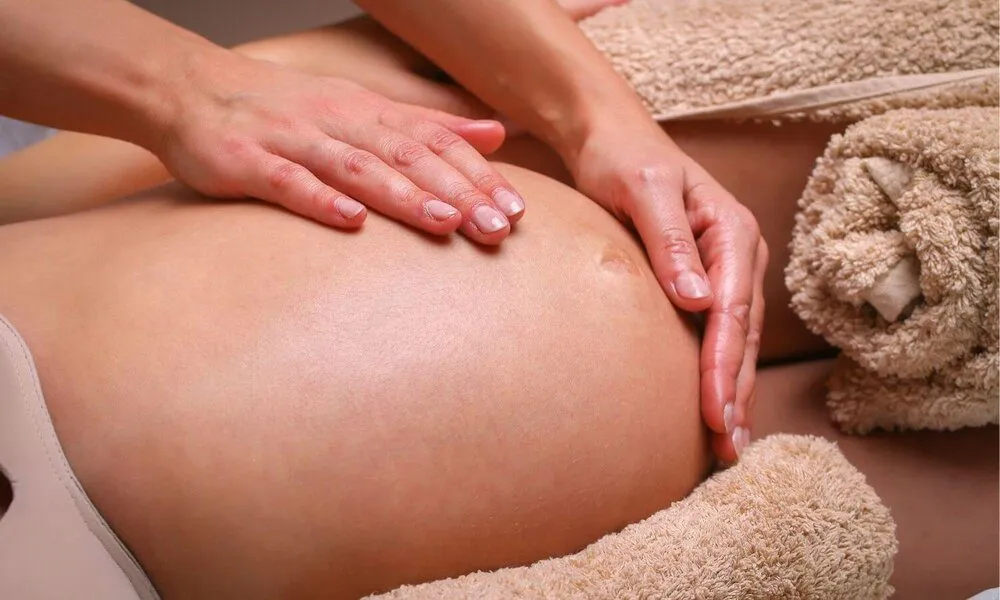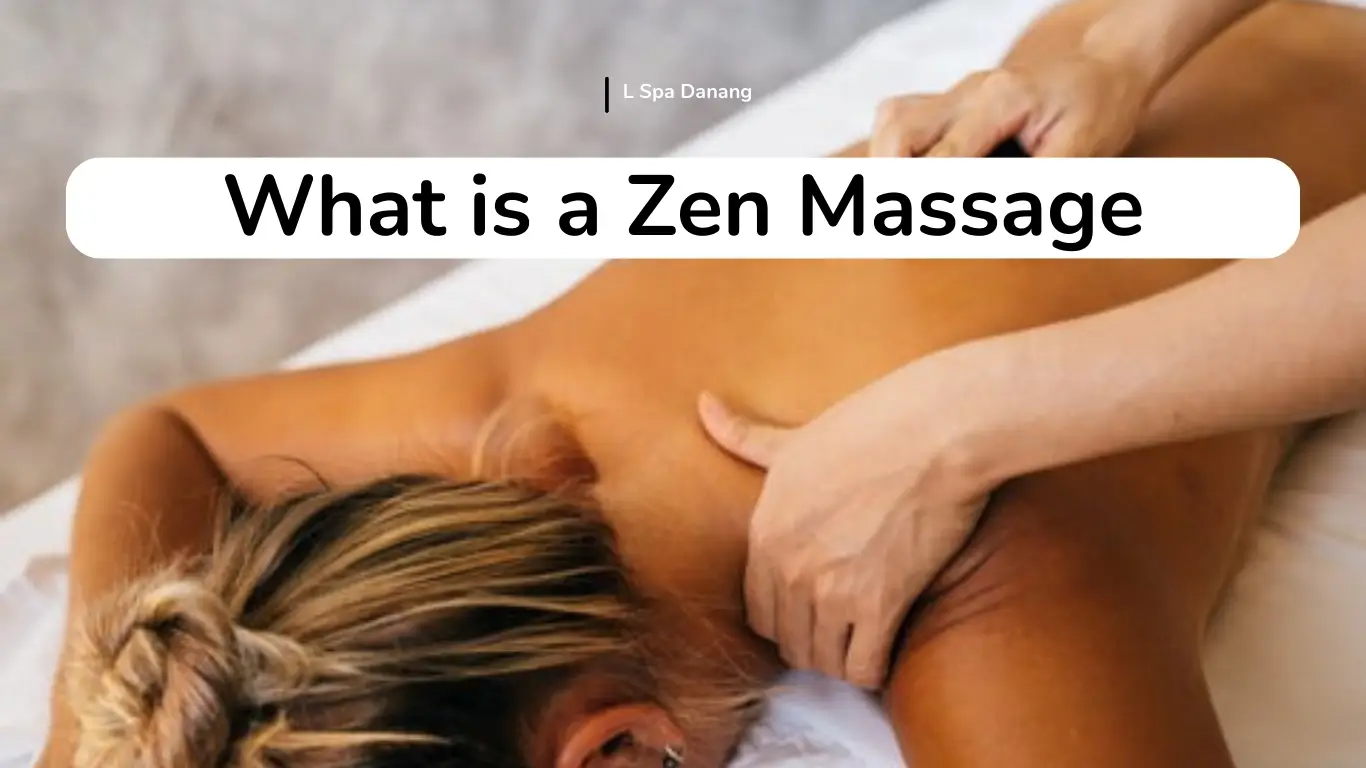Bringing a new life into the world is a transformative and joyous experience, but it also comes with unique physical and emotional challenges for mothers. The postpartum period, often referred to as the “fourth trimester,” is a crucial time for recovery and adjustment. Among the various supportive measures available, postpartum massage emerges as a nurturing and beneficial practice to aid mothers in their postnatal journey.
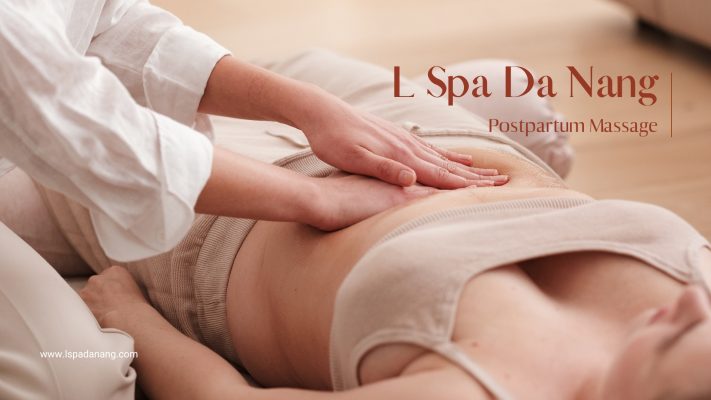
What Is a Postpartum Massage?
Postpartum massage is a specific form of massage therapy designed to assist the body in its recovery after childbirth. This type of massage aims to alleviate muscle tension, promote lymphatic drainage, and provide support in processing the emotional aspects of the birthing experience. It offers a holistic approach to postnatal well-being, addressing both the physical and emotional aspects of the postpartum period.
Why You Might Need the Postpartum Massage?
Following childbirth, women may enter a postpartum phase commonly referred to as “baby blues.” This phase encompasses various experiences, including depression, postpartum psychosis, stretch marks, and vascular problems:
Baby Blues:
- New mothers might undergo the “baby blues,” marked by symptoms such as mood swings, heightened anxiety and sadness, decreased appetite, and sleep difficulties. Addressing these challenges, postpartum massage becomes a valuable consideration for promoting both physical and emotional well-being during this significant period.
Postpartum Depression:
- Postpartum depression is a significant and severe form of depression that can impact some women following childbirth. Recognizable symptoms encompass mood swings, withdrawal from friends and family, loss of appetite, and challenges in bonding with the newborn.
Stretch Marks and Pain:
- Post-birth, women commonly observe the emergence of stretch marks on their stomach. Additionally, they may contend with widespread bodily discomfort and lingering muscle aches. Addressing these physical changes and discomforts becomes a vital aspect of the postpartum journey.
Navigating Vascular Challenges After Pregnancy
- The challenges associated with pregnancy, such as increased pressure on leg veins leading to varicose veins (twisted enlarged veins), can significantly impact a woman’s ability to heal emotionally and physically post-birth. Fortunately, postpartum massage proves to be a valuable resource in addressing these conditions.
- Postpartum massage, administered by skilled physical therapists, encompasses a range of treatments and activities aimed at facilitating a swift recovery and promoting overall healing. This therapeutic approach becomes instrumental in alleviating the impact of vascular issues and other postnatal challenges, enhancing the well-being of new mothers.
Approaches to Postpartum Massage
- Postpartum massage is typically conducted within the initial 12 weeks following childbirth. This massage can be administered in various positions, and adjustments are made to ensure your utmost comfort. A skilled therapist will guide and tailor the massage to best complement your post-delivery care.
- If you harbor any concerns or encounter complications related to postpartum massage, it is advisable to seek guidance from your healthcare provider. Consulting with your doctor ensures a safe and tailored approach to postpartum massage that aligns with your individual needs and circumstances.
Postpartum Massage Techniques
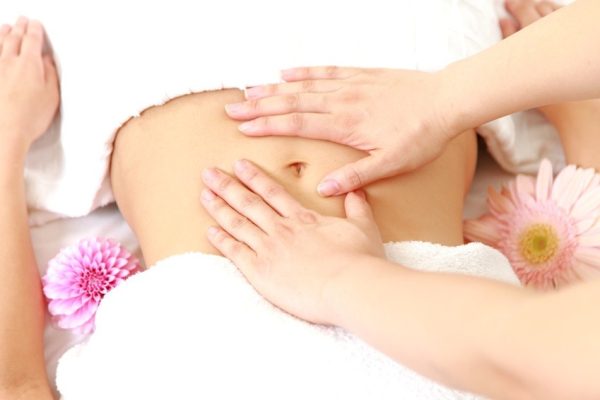
Effective postpartum massage therapy involves seeking assistance from a professional masseuse. These therapists may employ various techniques after delivery to enhance overall wellness. Some of these techniques include:
- Swedish Massage: Also known as the Classic massage, Swedish massage combines long strokes with kneading, shaking, and tapping movements. This refreshing and relaxing massage provides an overall sense of well-being, making it one of the most popular forms of bodywork.
- Jamu Massage: Hailing from Indonesia, Jamu massage incorporates various herbs extracted from the roots, barks, and flowers of medicinal plants. The firm strokes of this massage technique have the potential to tighten and strengthen the stomach muscles, contributing to a flatter stomach.
- Foot Reflexology: The fundamental foot massage targets acupressure points on the feet, each associated with different organs of the body. This technique has the potential to alleviate postpartum depression, fatigue, tension, and stress by stimulating these specific points.
- Herbal Baths: Incorporated into postnatal self-care massage, herbal baths involve using water infused with various herbs, spices, and roots. Administered after the massage, these baths contribute to treating sore veins and refreshing the body.
- Acupressure: This technique involves applying pressure to various specific points on the body to alleviate pains and discomforts.
Is Postpartum Massage Safe?
Postpartum massage is generally safe and offers various benefits. However, for women who have undergone a traumatic birth or a c-section, it is advisable to consult with your doctor before scheduling a session.
If you are seeking a postpartum massage soon after birth and have had an epidural, it’s crucial to communicate this to your massage therapist. This information is essential as the site of the epidural may still be sensitive and is best avoided during the massage for your comfort and safety. Always prioritize open communication with your healthcare provider and massage therapist to ensure a safe and tailored experience.
What Are the Benefits of a Postpartum Massage?
- Reduced Swelling:It’s not uncommon for mothers to experience body swelling during labor. Massage serves as an effective solution by aiding in the redistribution of water within the body. Additionally, it encourages the drainage and circulation of excess fluids, providing relief from post-labor swelling.
- Improved Milk Production: For mothers aiming to boost their breast milk supply, massage emerges as a valuable technique. Through enhancing circulation and promoting the release of necessary hormones, massage becomes a supportive method in facilitating increased milk production.
- Hormone Regulation:The postpartum body undergoes continual hormone fluctuations. In addition to the tactile benefits, several massages incorporate essential oils that have the potential to elevate mood and promote hormonal balance.
- Reduced Anxiety and Depression: The phase of early parenthood often brings about the “baby blues” or even postpartum depression for many new parents. Engaging in a massage can effectively decrease stress levels, contributing to a reduction in the feelings of anxiety and depression commonly associated with this transformative period.
- Better sleep: Achieving adequate sleep is crucial for new parents, and massage proves to be a valuable tool in promoting relaxation and preparing the body for deep, restorative sleep. By helping parents unwind, massage contributes to an environment conducive to better sleep quality during this demanding phase of early parenthood.
When Can a New Mother Start Postpartum Massage?
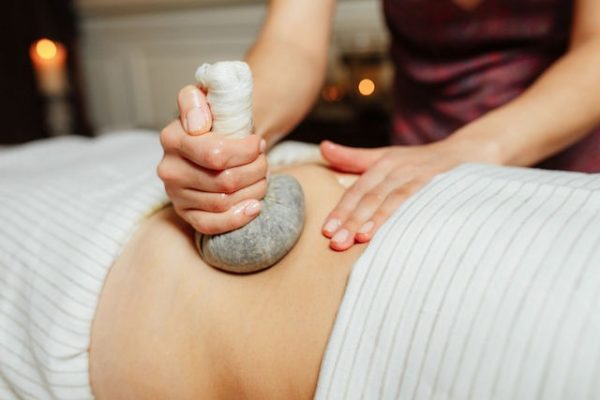
New mothers can initiate postpartum massages as soon as they feel comfortable. If any specific areas, such as the abdomen or breasts, are sensitive, therapists will ensure a comfortable position during the session. For mothers with maternal complications, it is advisable to consult with their medical provider before embarking on postpartum massage for personalized guidance and safety considerations.
When Should You Avoid the Postnatal Massage?
It is advisable to refrain from postnatal massage if you have/have had:
- Cesarean section; wait until the incision is healed.
- Skin conditions such as blisters, boils, eczema, and rashes.
- Hernia and high blood pressure.
Ensure to have a conversation with your doctor before scheduling a massage. This consultation will guide you in determining the appropriate type of massage and the optimal time for its administration.
Aftercare Tips for Postpartum Massage Recipients
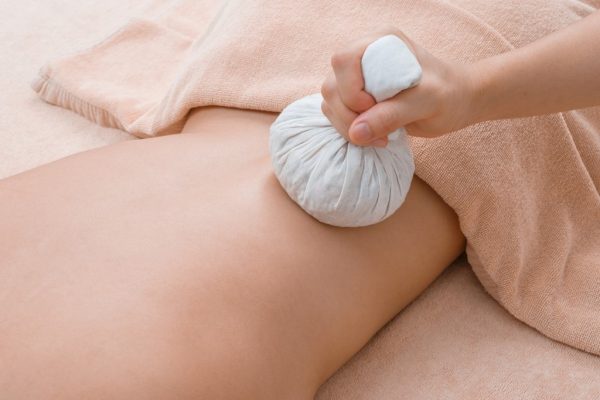
To maximize the benefits and longevity of your postpartum massage, it’s crucial to follow some basic aftercare guidelines. Here are a few tips to enhance your post-massage experience:
- Hydration is Key:Drinking plenty of water is essential for flushing toxins out of your system and maintaining the hydration and health of your muscles. New moms, especially those breastfeeding, are advised to consume at least eight glasses of water per day, if not more.
- Choose Comfortable Attire:Opt for loose-fitting clothing and comfortable shoes to enhance the relaxation during your massage. Avoid restrictive clothing or high heels, as these can add unnecessary pressure to the body and hinder the effectiveness of the massage therapist.
- Incorporate Yoga or Light Walks:Engage in relaxing walks or incorporate gentle yoga into your routine to release built-up tension in the body. These activities not only improve circulation but also reduce inflammation. Regular light exercises contribute to a healthy post-pregnancy recovery.
- Prioritize Adequate Rest:Following a postpartum massage, prioritizing plenty of rest is crucial to allow your body sufficient time to recover from the session. Ensure you incorporate regular breaks throughout the day, allowing yourself ample time for relaxation and recovery.
- Maintain a Balanced Diet:Support your body’s healing process by maintaining a balanced diet rich in fruits, vegetables, grains, proteins, and fats. Ensuring that your body receives essential nutrients is vital for a proper postpartum recovery experience.
FAQs
Is postpartum massage different?
Postpartum massages typically incorporate many of the familiar elements found in regular massages. Women opting for a massage after childbirth are likely to experience numerous benefits for their body and mood, aligning with the positive effects commonly associated with massages in general.
Does postpartum massage help in weight loss?
Following pregnancy and childbirth, significant changes occur both physically and emotionally. Postpartum massage serves as a beneficial practice for both healing and weight loss. This can be administered through oil massage (Abhyanga) or dry powder massage (Udvartana).
How often should you get a postpartum massage?
There isn’t a specific timeline for how often you should receive postpartum massages. While some new moms opt for massages every week or two in the initial months after childbirth, others may choose to have one or two massages based on their preferences and needs.
This article is for informative reference and to explain the benefits and intricacies of Postpartum Massage. Note that L Spa does not provide this therapy, and the information provided is for educational purposes only. To learn more about our available treatments and services, please visit the L Spa Da Nang website.

